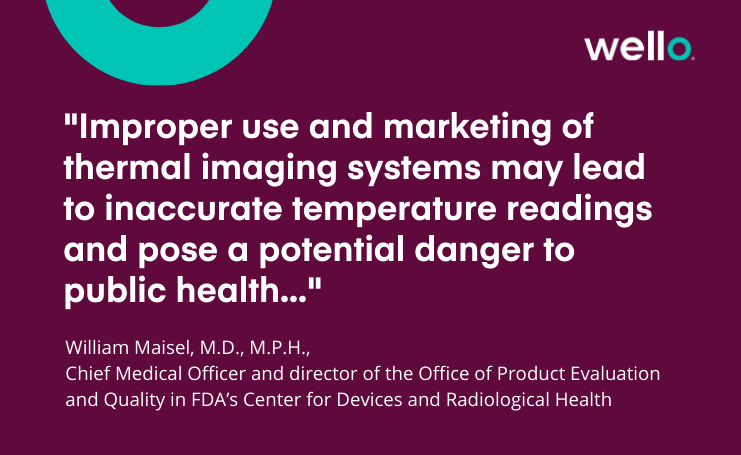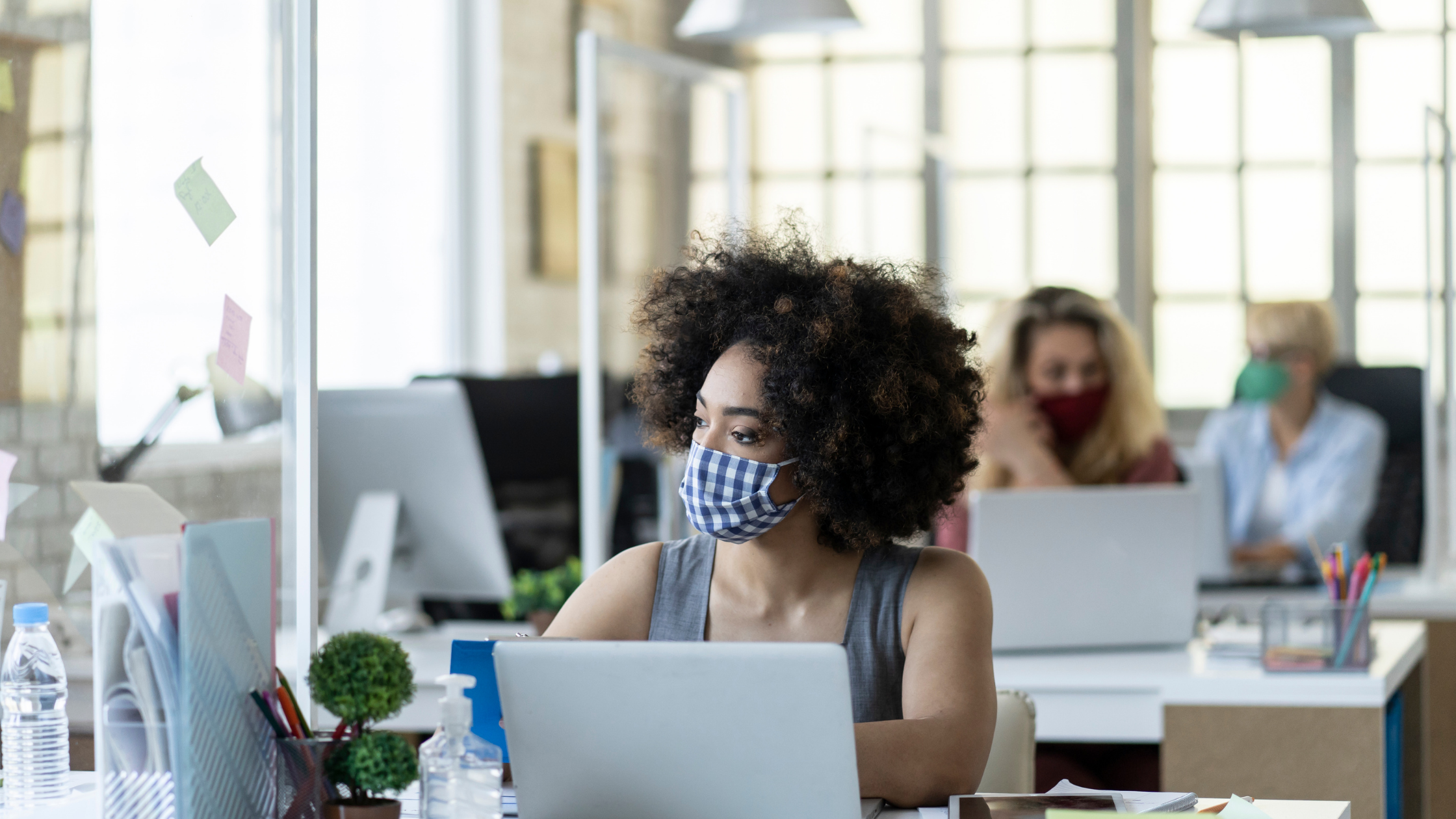In a recent article published in the New York Times, public health experts and scientists including Dr. Anthony S. Fauci said that the chances of the U.S. reaching “herd immunity” against Covid-19 is highly unlikely.
At the beginning of the Covid-19 pandemic, most public health experts estimated that 60 to 70 percent of the population would need antibodies against the virus in order for the country to reach that herd immunity threshold. Most also believed that would be a possible level to attain with widespread vaccinations.
However, due to a variety of reasons including the spread of Covid-19 variants and vaccine hesitancy, experts now think that threshold is closer to 80 percent, and that number can continue to go up if highly-contagious variants continue to quickly spread. With nearly 30 percent of Americans still reluctant to get vaccinated according to recent polls, experts don’t believe reaching that threshold is likely.
It’s important to note that experts aren’t suggesting that we will forever be living in a pandemic. Even with some people electing to not get vaccinated, the US has drastically dropped the hospitalization rates and deaths from Covid-19 by inoculating the most vulnerable populations. And with that, experts expect that overtime the virus will turn into a seasonal issue, much like the flu, that mostly affects the young and healthy. While this is encouraging news, experts suggest the key to reaching this point is ever-continued efforts to halt the spread of infectious diseases – efforts like vaccines, screenings, and contact tracing to isolate outbreaks.
If Covid-19 is here to stay, how do we safely return to a semi-”normal” life and what prevention measures need to stay in place?
In this post, we will take a look at a few steps employers can take to help facilitate a return to normal life (and productivity), while continuing to keep employees healthy and safe.
Vaccine Incentive Programs
While some healthcare systems have elected to require vaccinations of employees, most companies are leaving it optional and letting employees decide for themselves. Given the uncertainty many have about the vaccines, this is the path of least resistance.
However, just because a company chooses to not mandate vaccinations doesn’t mean they can’t incentivize their employees getting them. By establishing a vaccine incentive program, companies may sway those employees who are on the fence about getting inoculated or not.
The incentives can range from something small like a Starbucks gift card for every employee who shows a completed vaccine card, or could be something as big as an extra day of PTO.
The goal is simple: get as many employees vaccinated as possible. The more who are protected, the less likely an outbreak can occur that halts normal operations.
Continued Sick Employee Accommodations
If the pandemic has taught us anything about workplace standards, it’s that keeping sick people home is key to preventing outbreaks. While keeping absenteeism low will always be a focus, the last year has shown many companies that one person missing work due to illness is more ideal than having to stop operations completely because that person elected to work while sick and spread it to others.
With Covid-19 seemingly here for the foreseeable future, and other illnesses like the flu continuing to be a threat, it’s important that companies accommodate sick employees and ensure they stay home and isolated.
Paid sick leave is the easiest way to do this. If an employee is worried about losing a paycheck, and ultimately their financial stability, they are much more likely to show up to work even when not 100 percent. (Presenteeism). Ensuring employees that they will still get paid even if they are sick will greatly increase the likelihood that they don’t show up and spread their infection to others.
If paid sick leave just isn’t an option, companies should ensure they are at the very least not punishing people for staying home while sick. Employees who are concerned they will get written up for taking too many sick days, or potentially lose their job all together, have more motivation to show up even if showing symptoms.
Health and Temperature Screenings
When the pandemic first started, many essential businesses turned toward temperature checks and health questionnaires of onsite employees. It’s well documented that the leading indication of infection is fever, so this, along with questions about symptoms and recent contact with infected individuals, was a logical first step. But, many companies looked at this as a temporary process that was only needed until the coronavirus was no longer a threat.
With the latest information from experts suggesting that Covid-19 will likely be a continual, seasonal threat, companies should consider making these health and temperature screening processes permanent. And aside from Covid, there are instances every year where flu outbreaks close down factories, schools, and other businesses.
The pandemic has changed the world, and changed the way we look at contagious illnesses. One thing is clear, by taking steps like temperature screenings, and making accommodations for those who are ill, companies can greatly reduce the likelihood of outbreaks and production delays.


